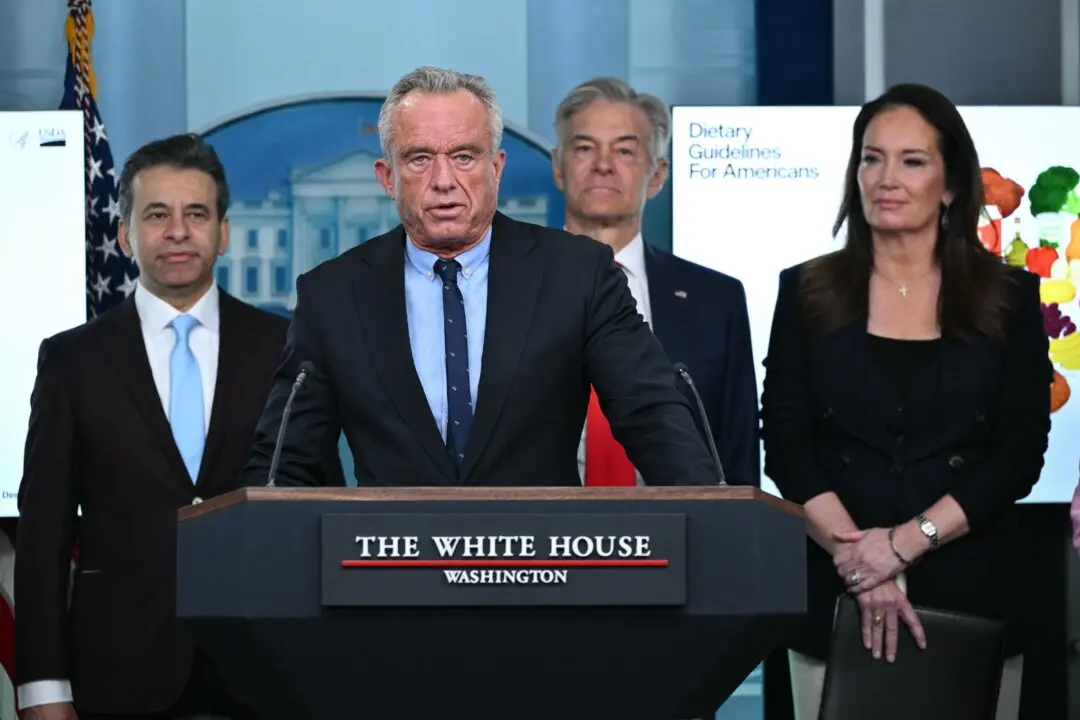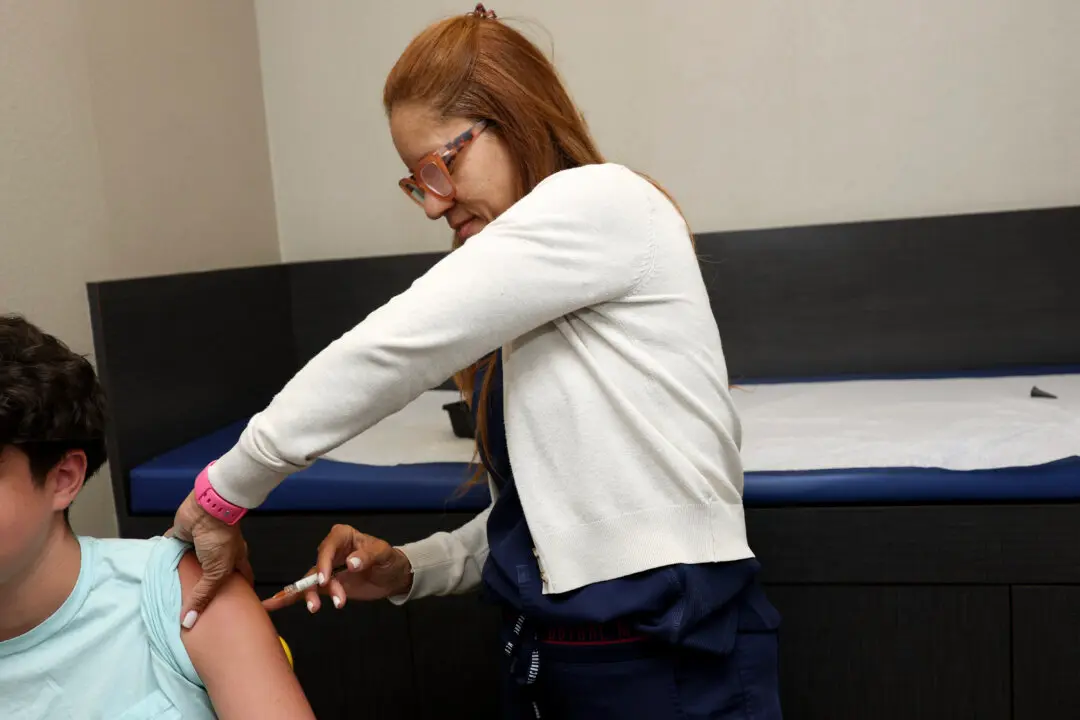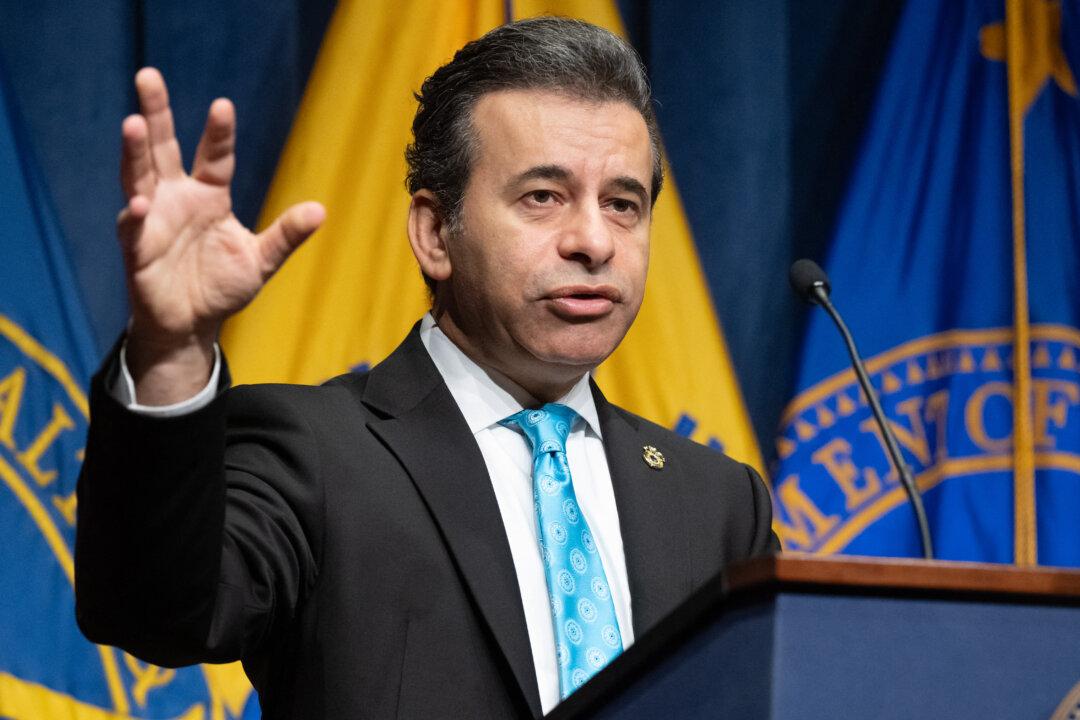FBI agents and U.S. Capitol Police officers identified “credible threats” ahead of the Jan. 6, 2021, electoral vote certification but did not properly disseminate the intelligence, a watchdog says in a new report.
The FBI obtained information from human informants, social media, and other agencies and tracked suspected domestic terrorists traveling to Washington, according to the U.S. Government Accountability Office (GAO) report (pdf).





